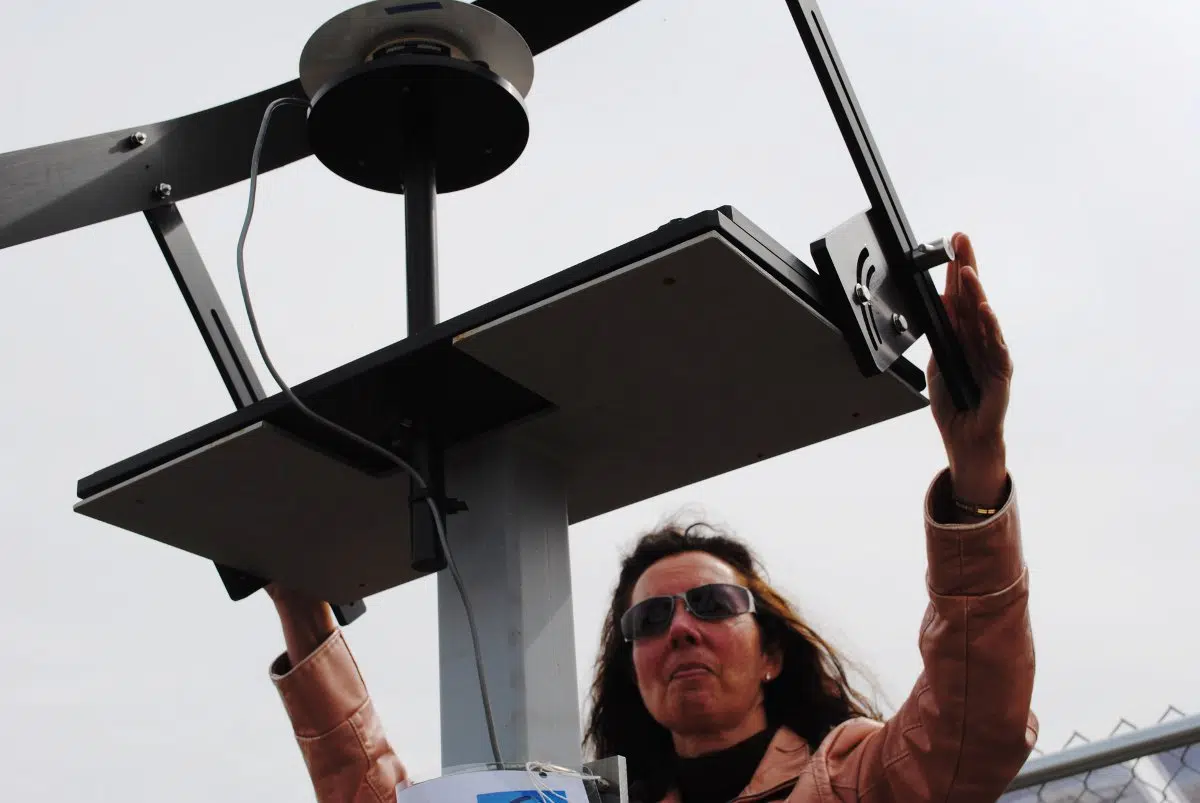
Climate Station near Prince Albert doing well
A climate station at the Conservation Learning Centre (CLC), south of Prince Albert, has reached six months of being operational.
The climate station, which is a sister station to a climate station in Saskatoon is run by the Saskatchewan Research Council (SRC)
Virginia Wittrock, a research scientist and climatologist for the SRC, said climate stations like these allow the SRC to study weather trends.
“It’s Saskatchewan Research Council’s second climate station. Our first one was set up in Saskatoon in 1963 and we kind of thought it was time to set up a second one. The Conservation Learning Centre is an ideal place to set up a high level climate station because the Conservation Learning Centre is basically a research farm, so it kind of goes hand and hand,” said Wittrock.


